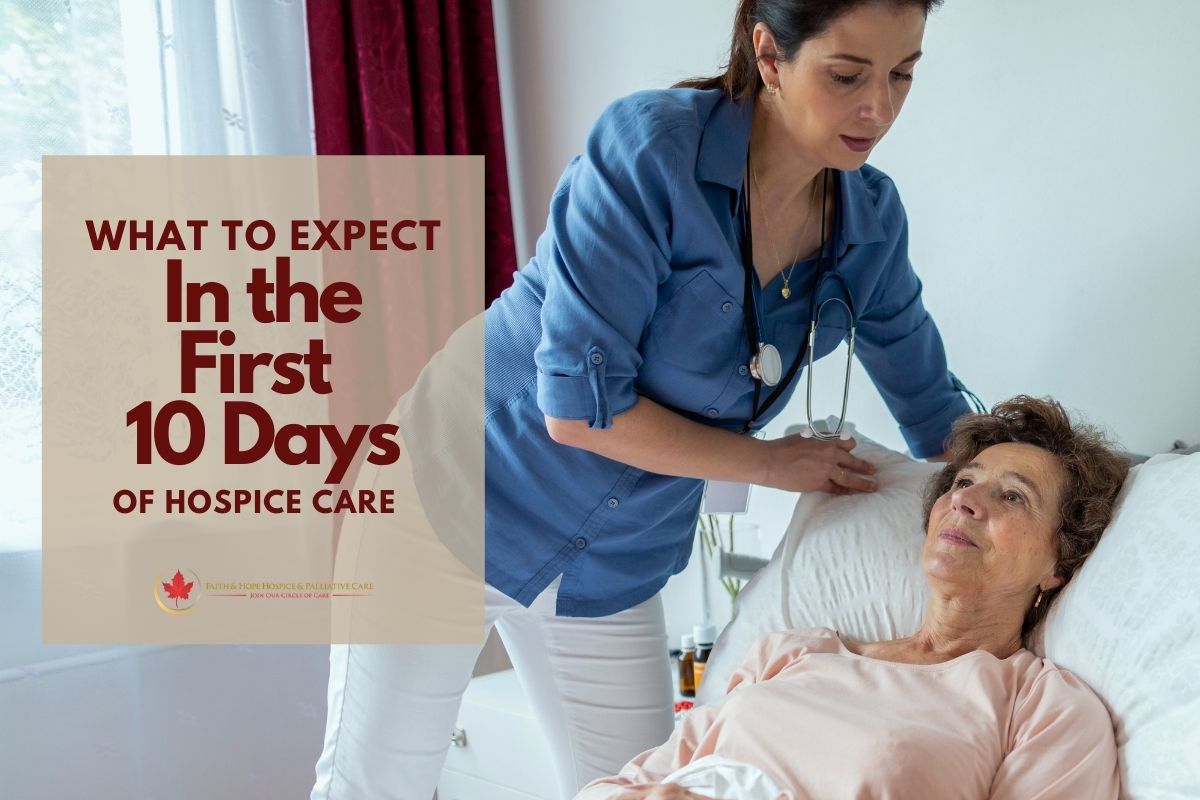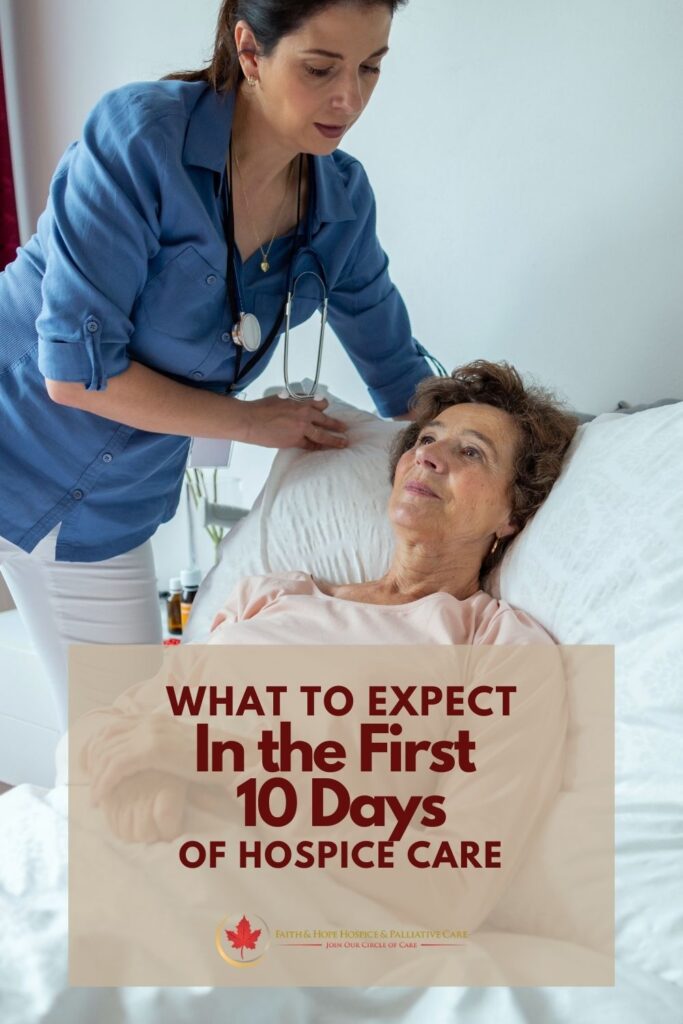
- By: administrator
- Blog
- No Comments
The doctors and nurses providing hospice care in Burbank Ca offer a valuable and professional service to people with terminal illnesses who are not expected to live more than six months. Getting this kind of diagnosis can be extremely emotional, and the process of starting hospice in Burbank, Glendale, or Pasadena is meant to be straightforward and uncomplicated on patients and their families.

The first day being in hospice Glendale, Burbank or Pasadena is usually more hectic than most since it involves signing paperwork and setting everything up to provide the patient with the most comfortable experience imaginable. Then, you and your loved one will meet a registered nurse so they can assess the situation and deal with the admittance process. The registered nurse handling your loved one’s admittance may be a regular team nurse, a dedicated admission nurse, or an after-hours nurse. Once your loved one is admitted, your loved one will get another visit from the nurse who will possibly be visiting them each week while they are undergoing hospice in Burbank, Glendale, or Pasadena.
In the initial days at hospice care in Burbank Ca, a thorough physical assessment is completed, and the hospice team gives recommendations to the patient and their family pertaining to their daily care and comfort. Also, they will establish a schedule for visits that is good for everyone and will let you know how you can contact them if more help is required.
Getting Medications And Supplies
When it comes to placing orders for any medication and medical equipment, the team providing care for patients in hospice in Burbank, Glendale, or Pasadena will handle this. This may include wheelchairs, hospital beds, or other medical equipment that your loved one needs.
Hospice in Burbank, Glendale, or Pasadena is completely covered by Medicare, Medicaid, and many other types of insurance, which means that patients and their families are not financially responsible for supplies, equipment, and medication that their loved one requires to manage symptoms.
When this takes place, the hospice care team will go over the medication that your loved one is presently taking and suggest any changes that may be required to focus on any unmanaged symptoms. Specifically, hospice care Burbank Ca’s focus on the quality of life refers to a priority on reducing pain, and this may mean taking pain medication and changing other medications, and modifying other medications as required to avoid conflicts and interactions. The hospice team in Pasadena, Burbank, or Glendale, may also suggest stopping certain medications that were primarily prescribed to offer your loved one a long-term advantage but are no longer required because of their shortened life expectancy.
Meeting The Hospice Care Team
The initial days in hospice also consist of visits from several members of the hospice team, who will make themselves known to the patient and ensure that they have everything they require. Some of the people who may visit:
Nurses
Nurses take care of the patient’s medical care while working together with hospice physicians and the patient’s own doctor. They handle medications and make sure the patient has a sufficient supply of required medications available to keep them comfortable until their next visit. Also, they may deal with any new symptoms the patient is experiencing.
Aides
A hospice aide is a certified nursing assistant who provides personal care to a patient. Also, they may manage activities such as bathing, dressing, and oral care to help alleviate the burden on family caregivers.
Volunteers
A volunteer may lend a helping hand with errands or tasks such as light cooking and housekeeping, or they may get involved with activities with your loved ones such as reading, chatting, or making scrapbooks. Besides offering companionship and emotional support to the patient as well as their family, they can also give the caregiver some relief, letting him or her to tend to their own personal matters while knowing their loved one is not alone.
Social Workers
A hospice social worker offers patients and their families emotional and psychosocial support. They help to organize the logistics of your loved one’s care, work with organizations such as the Veterans Administration or your insurance company, and help handle funeral planning, finances and other tasks as required.
Chaplains
Hospice chaplains are available to all patients to engage in spiritual problems that may appear as death comes closer, no matter the person’s religious beliefs or traditions. The chaplain helps the patient as well as the family and does it in a manner that respects their cultural traditions and values. Also, they may work with a patient’s own clergy if requested.
Therapists
Patients may have to go through physical therapy, occupational therapy, or speech therapy to the extent that it adds to their safety and quality of life.
A few of these team members may visit regularly, while others may be required less often. This is usually individual.
Also, hospice Pasadena, Burbank, or Glendale offers 24-hour telephone access to hospice staff to answer any questions that may come about and offer support to caregivers over the phone. Also, they can dispatch team members to a patient’s bedside as required. In the first days in hospice, your team will let you know how you can use this service.
Get In Touch With The Faith & Hope Hospice and Palliative Care Team
If you want to learn more about the hospice process at Faith & Hope Hospice and Palliative Care or have any questions about how it works, contact our professional and friendly team at (877) 797-1977 today.
